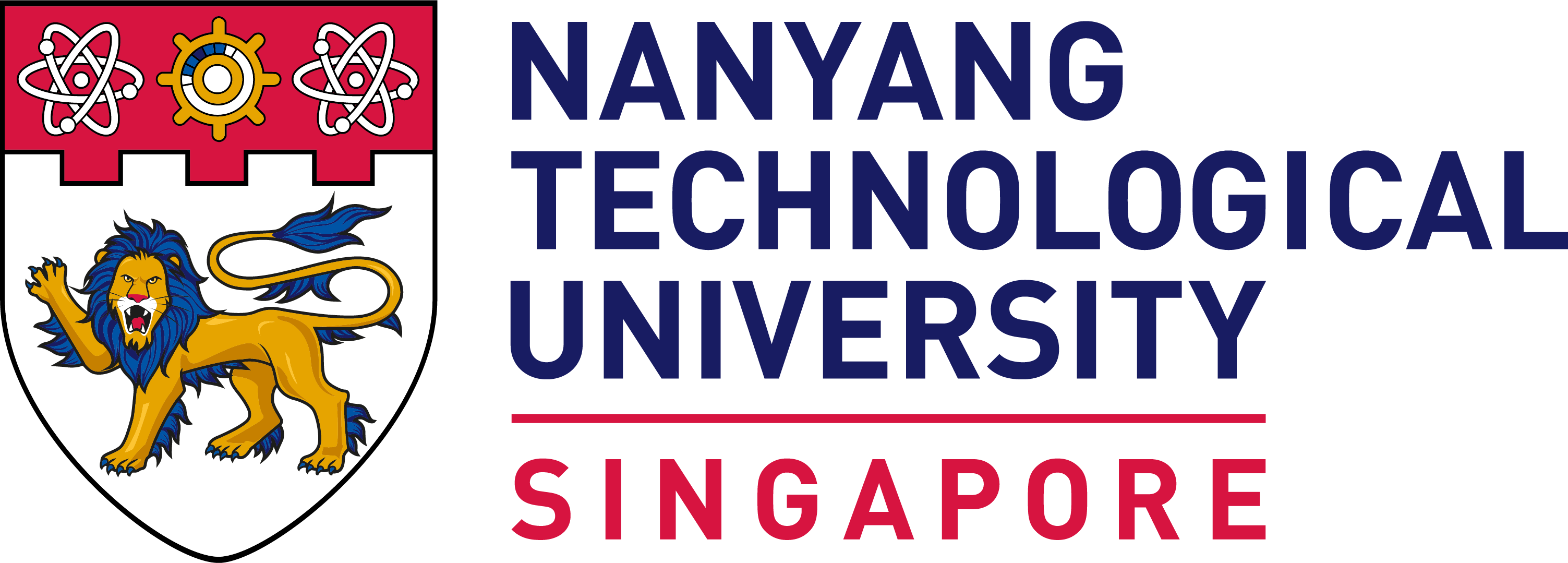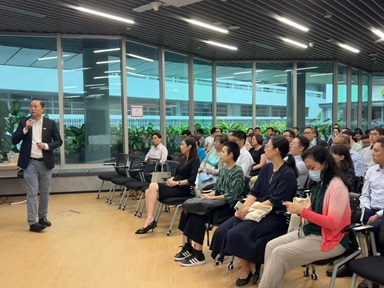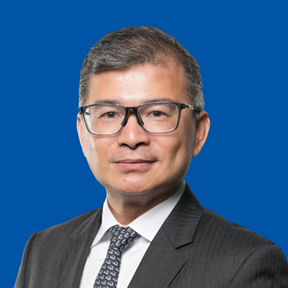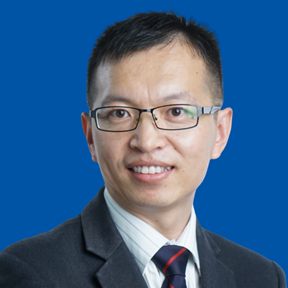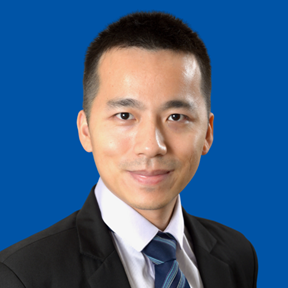From NTU Student to School Chair
Professor Yeong Wai Yee reflects on her journey through industry, research, and leadership, and how NTU has evolved alongside her.

Professor Yeong
For decades, Professor Yeong Wai Yee, Chair of the School of Mechanical and Aerospace Engineering (MAE) at NTU, has had a relationship with the university marked by both continuity and return. After obtaining her education, she left, explored, achieved – yet somehow found herself back for the long haul.
Today a photo of the professor with her NTU Class of 2003 engineering classmates hangs in the halls of MAE outside her office, proof of her early days spent on campus as an undergrad. After the photo was taken, she ended up staying on to complete her PhD before finally heading out into industry.
“I wanted to see how what I learned at NTU could be applied in the real world. How are you as an engineer part of something real and tangible?” she pondered.
At that time her work largely focused on the biomedical and manufacturing sectors. She worked in a quality assurance team on the manufacturing line for biomedical devices.
Industry Lessons for Academia
This work held the odd combination of being both urgent and repetitive, she recalled. When errors inevitably arose on the manufacturing line, she had to act fast to correct them.
“I had always look toward a fix – and I had to do it with time sensitivity in mind. It was like running at double speed,” the professor recalled.
After three years in that position, she saw an ad for a researcher at NTU in 3D printing. It was 2013 and the field was considered up and coming. The Singapore government saw the technology as strategic and was investing substantially. She applied for the role and soon found herself back on campus.
“Working under the constraints and expectations of industry shaped how I planned a research centre,” said Yeong. “In academia, timelines can appear extended, but in industry, we didn’t have that luxury. That taught me to think outside the box.”
“Industry experience also helped how I approach design,” she continued. “My designs always have a translational idea guiding it.”
That’s certainly true of her most recent project, which explores the integration of biology and 3D printing. Working at the tissue level, Yeong creates customised bioelectronics that guide cell growth and support sensing applications. She begins with the vision of seeing her work enable next generation neural implants, electroceuticals, and smart tissue models - like cardiac patches - that mimic the body’s functions.
Her work with bioelectronics is something the young soon-to-be graduate in the photo outside her office couldn’t have even fathomed.
“The field of 3D printing was still very nascent at that time. Resolution was low, materials were limited, and techniques were not biocompatible,” she reflected. “These days we have more accessible printing platforms and biotech tools that make it possible to create hybrid interfaces like the one in this bioelectronics project.”
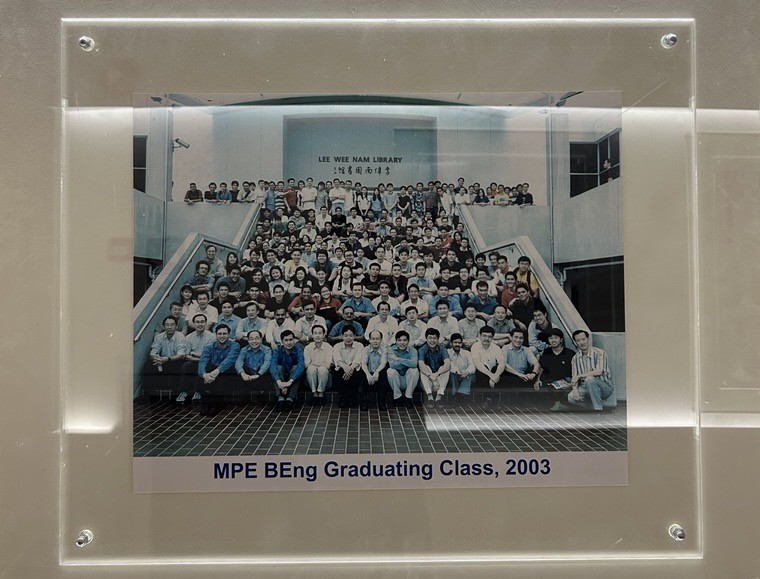
MPE Class of 2003 photo, featuring Yeong, hangs in the hallways of MAE
Evolving NTU
Scientific and research advances aside, Yeong has seen many changes in NTU since she first stepped foot on campus over 25 years ago. It is a natural progression given the institution has only been a full-fledged university since 1991.
“Back when I was an undergraduate, professors were less research-active,” she noted. “Now they’re deeply engaged in research and balance it with teaching and student engagement.”
NTU’s research is now far-reaching. Once seen primarily as an Asian institution, the university is now globally recognised.
“It feels like an achievement just to get in. That’s not surprising as there are so many smart people around, and the environment is really good for students. The university also supports student-led programmes, especially in leadership.”
Other changes are structural, reshaping the academic framework itself, such as the introduction of double majors and integrated work-study programmes.
“During my time, we only had a few fixed pathways, and everyone in the same program took the same one,” Yeong stated.
Technology has enhanced flexibility, too. Professors are now just a message away, and lectures are often available as recordings.
From Student to Colleague
But the more things change, the more they stay the same too. Despite the evolution of the school to one being so research intensive, education remains central to MAE professors.
“Some of the professors from decades ago are still around and they still have the same heart for students and the school,” noted Yeong. “These professors also set the culture of care in MAE and directly influence our younger professors. Those younger professors in turn typically share the same dedication and values.”
The transition from student to colleague wasn’t as hard for the professor as one might think.
“In a way, I always remember my professors as teachers, even as they have become colleagues. I look up to these people and trust them. A lot of things I know I’m doing right because I learned from them,” she concluded.
Story by Laura Dobberstein, NTU College of Engineering
